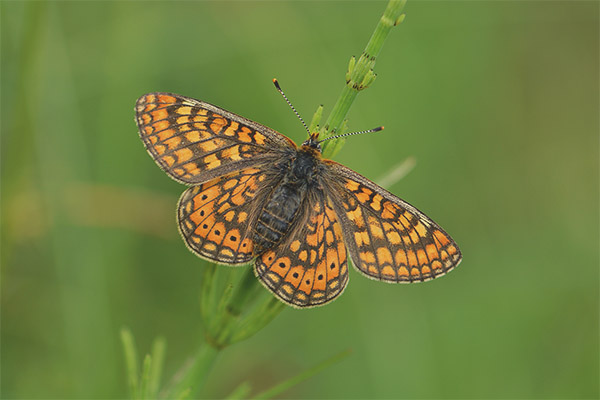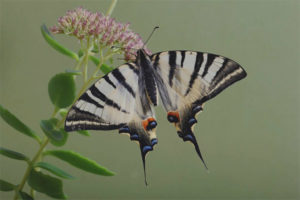The content of the article
The butterfly family, which we call the checkers, has the Latin name Riodinidae. This name was given to the family because its representatives have small marks on the wings. The drawing resembles cells that are drawn on a checkerboard. The family is very numerous. In general, there are about 1000 species belonging to it.
Habitat
Butterflies belonging to the family of checkers are quite common in Eurasia, as well as in the countries of North America.
Classification
Regarding the classification among professionals who are engaged in taxonomy, there are disputes and to date. Some of them claim that the family of checkers is independent, and belongs to the superfamily called Papilionoidea. Other experts in the field of taxonomy argue that the checkers should be taken as a subfamily Riodininae, which belongs to the family Lycaenidae.
However, in previous years they were classified as part of the family Erycinidae.But today the species that belonged to him are divided. Some of them began to belong to another subfamily.
Common Shashechnitsa: features
One of the most numerous and widespread species of this family is the common checker.Representatives of the species spend the longest period of their life as a caterpillar. It has a black color and a fleecy surface. Only a few weeks of her life she is a butterfly, decorated with a very beautiful orange pattern.
Common checkers live in many regions of Europe where grassy areas prevail. But they almost can not be found in the UK. Also, they are not in the south of Spain and in Scandinavia. A lot of representatives of this species in Asia. They prefer areas with a temperate climate.
The subspecies of common checkers lives in the north of the African continent. To date, many European countries have noted the disappearance of populations.
Description

Representatives of this species are medium-sized butterflies, having a pattern resembling a board for checkers. In the coloring there is black, white, orange. The main habitat is the valley.
Males often fly near roads, roofs of houses. Females are less visible on the eyes. They prefer thickets. Mating occurs at about noon.
Reproduction and lifestyle
Most members of the family give only one generation per year. They spend the winter as larvae. In an area with a warm climate for the year can give 2 generations of offspring.
During the life of one female makes several clutches. In one clutch there are usually about 200 eggs. They are deposited on various plants from the inside. It is them who later feeds the larva. They also have a proboscis, with which they feed on the nectar of flowers growing nearby. Caterpillars feed on plants belonging to the genus Plantago, as well as Veronica. They live in networks, the so-called nests, family groups. So they spend almost all the time while they are larvae. When a group of checkers eat a plant, if they frighten them, they very quickly move their heads. Perhaps in this way they want to frighten the enemy.
In the winter period (and sometimes in the summer, if there is a strong heat and drought), the caterpillars are stacked to sleep without interruption until spring. In the hot summer, they can sleep until the fall. In the spring, pupation occurs. Pupa for several weeks holds in limbo on the stem or leaflet.To notice it in this period is very difficult. Then adult butterflies appear that live for about 3 weeks.











To send